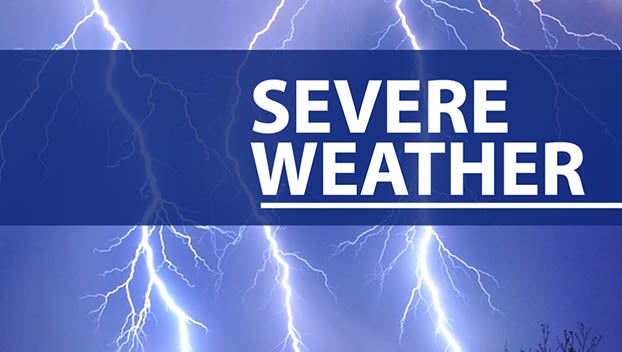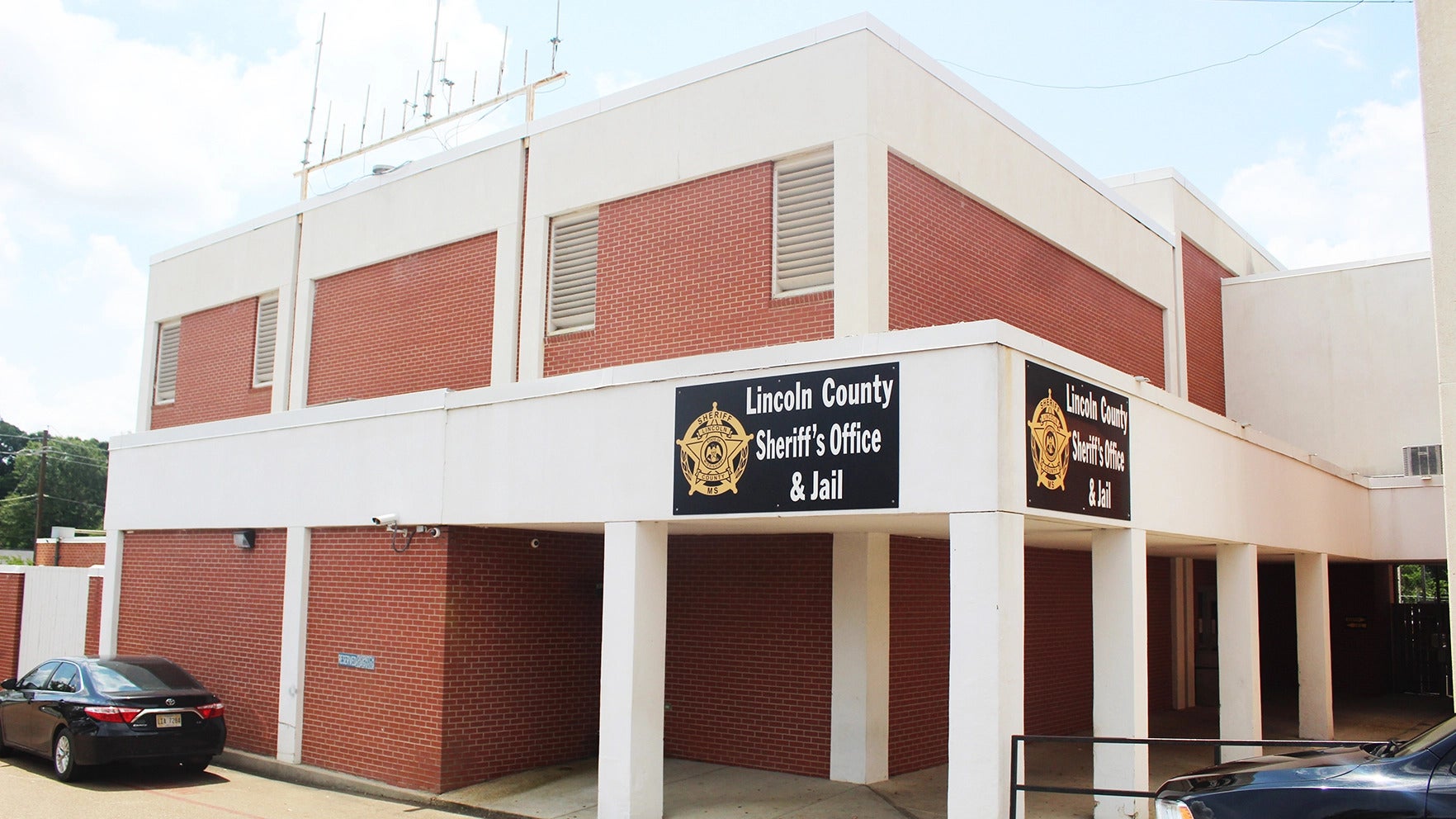Radio operators set to ‘ham’ it up on weekend
Published 5:00 am Thursday, June 26, 2008
The Earth’s troposphere above Brookhaven will be alive andtingling with radio signals this weekend as around 35 amateur radiooperators will gather in the Brookhaven Recreation Department for atwo-day, camp-like operation called Field Day.
he public is invited to attend Field Day at no charge to see forhow the ham radio community operates.
Members of the Southwest Mississippi Amateur Radio Club,approximately 10 of whom are from Brookhaven, will be joining otheramateur radio operators – or “hams” -nationwide on Saturday andSunday to communicate across the country in a test of their radios’operating abilities.
“We’re setting up our radio communication equipment underemergency conditions,” said SMARC member Homer Richardson, alicensed ham since 1959. “We’ll bring all the equipment we need tooperate for 24 hours straight off of emergency power.”
Richardson said Field Day is designed to test, train and keepthe country’s hams up to date in the event of a disaster that couldwipe out other forms of communication. He said hams often play avital role in the event of catastrophes, like Hurricane Katrina orthe current Mississippi River flooding in the Midwest, that canknock out electricity and cell phone towers for days or weeks at atime.
Richardson said hams participating in Field Day -more than35,000 nationwide last year – will attempt to raise and communicatewith other ham stations across the country, logging names,locations, equipment types and signal strength. He said the weekendtest is designed to make sure hams would be able to step into therole of communicators to assist emergency services and humanitariangroups when all other forms of communication are down.
“We’ll be testing to see whether or not we can pass theinformation and do it accurately, all under emergency power,”Richardson said. “Most hams have their own emergency equipment,particularly after events like Katrina that make you realize justhow vulnerable you are.”
Richardson said Hurricane Katrina was the most recent and potenttest of, as they were called upon to work with the American RedCross in the effort to find and direct New Orleans’ evacuees as thestorm blew north.
“It was so destructive for so long, and basic services were notin place,” he said. “There were a lot of us who checked in,reported storm damage, traffic and relayed the conditions.”
Richardson said the assistance of hams in such emergencysituations is not only the neighborly thing to do, but also a hamlicense requirement. When the Federal Communications Commissiongrants licenses, he said, part of the agreement is that hams willprovide public service when necessary.
“You never know when you’ll get a call from someone looking fora relative in a certain area where you can find out information onthe conditions,” Richardson said. “And we can do that, because hamswill come together and set up stations in the area. A lot of times,people just can’t get in touch with anyone else.”
Richardson said SMARC and other ham groups often stand ready toprovide their communications services at all types of emergencies,like flooding and wildfires. SMARC keeps two “go packs” – all theequipment essential to quickly establish a ham station – ready togo at all times.
“We grab these things, put them in a vehicle and say, ‘Where doyou need us?'” Richardson said.
Richardson said the reason hams are so useful in such situationsis because of the radios’ ability to do “DX work” – communicatingat extremely long distances. He said on a good day, when conditionsin the atmosphere are at a peak for relaying radio signals, a hamcan transmit to any spot on the planet.
Ham radios are so capable because of the broad range offrequencies they are able to operate on. Richardson said the radioscan use frequencies from near the bottom of the spectrum, close toAM radio range, all the way to ultra-high frequencies and evenmicrowave frequencies. The FCC also has certain frequenciesreserved just for hams at each level.
“Whereas a CB radio has just one little area on the spectrum atabout 11 meters, hams can go from 160 meters to those inmicrowaves,” Richardson said.
Richardson said there are several factors that make amateurradio a popular hobby with 2.5 million hams worldwide and 650,000licensed hams in the U.S. Radio equipment comes in many differentvarieties and prices, the language barrier between countries isalmost nonexistent and the ham community worldwide is a friendlyplace.
“Like most other hobbies, you can get into it with a low amountof money and some old equipment or you can go into it withthousands of dollars and a top-of-the-line radio,” Richardsonsaid.
Ham radios can be used to transmit voice, Morse and other codes,Teletype and, with the help of computer-assisted radios, images.Richardson said most of the voice communicating done over hamradios in the world is done in English, no matter the country, andseveral types of basic code can be transmitted to break thelanguage barrier.
Not only can the radios be used for all these transmissions, but- to top it all off – hams love each other.
“I’ve been in places like India or the islands where I see anantennae sticking up in the air, and I just knock on the door andintroduce myself as WB5ASP,” Richardson said, referring to hisFCC-assigned ham call sign. “They all say, ‘Come in, have a cup ofcoffee … let me show you my radio!'”





